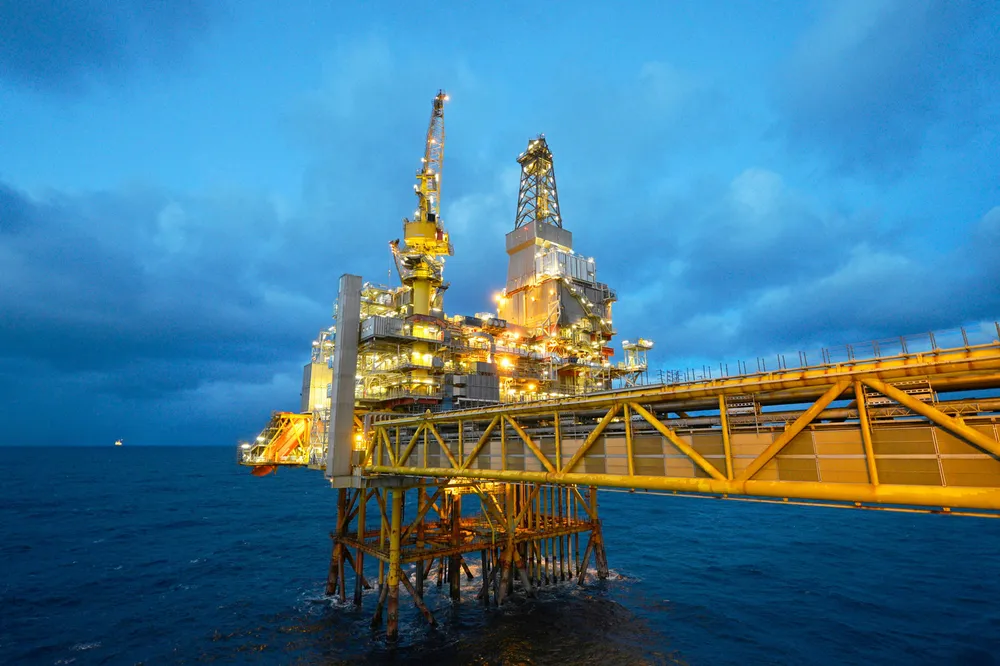Norwegian oil and gas workers end strike as government intervenes
The Norwegian government stepped in to end the strike that had curtailed oil and gas production on Tuesday

The Norwegian government stepped in to end the strike that had curtailed oil and gas production on Tuesday
